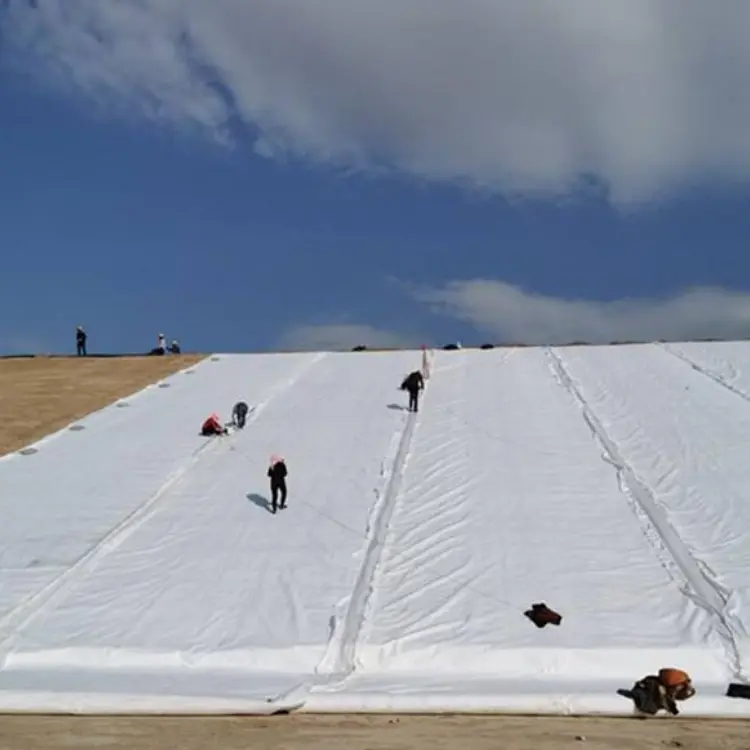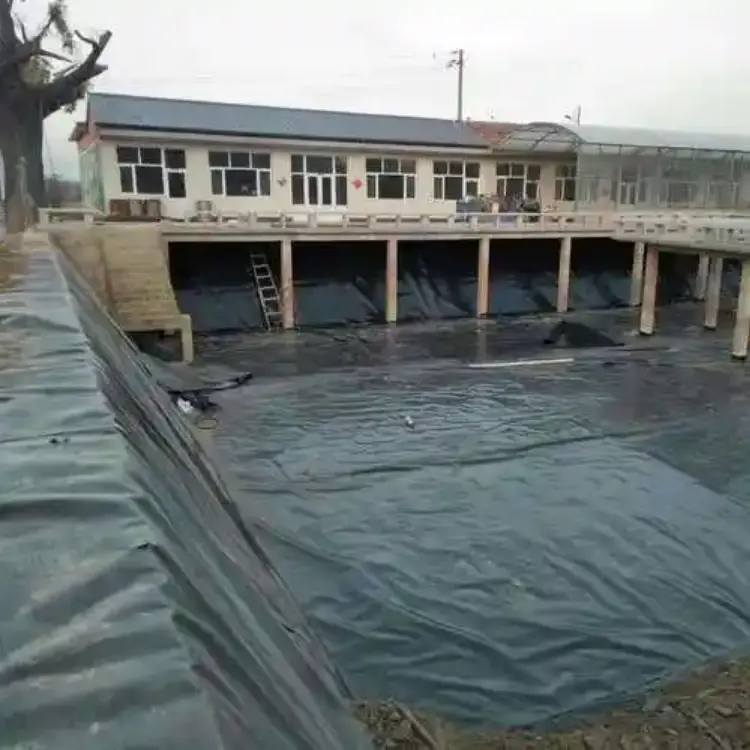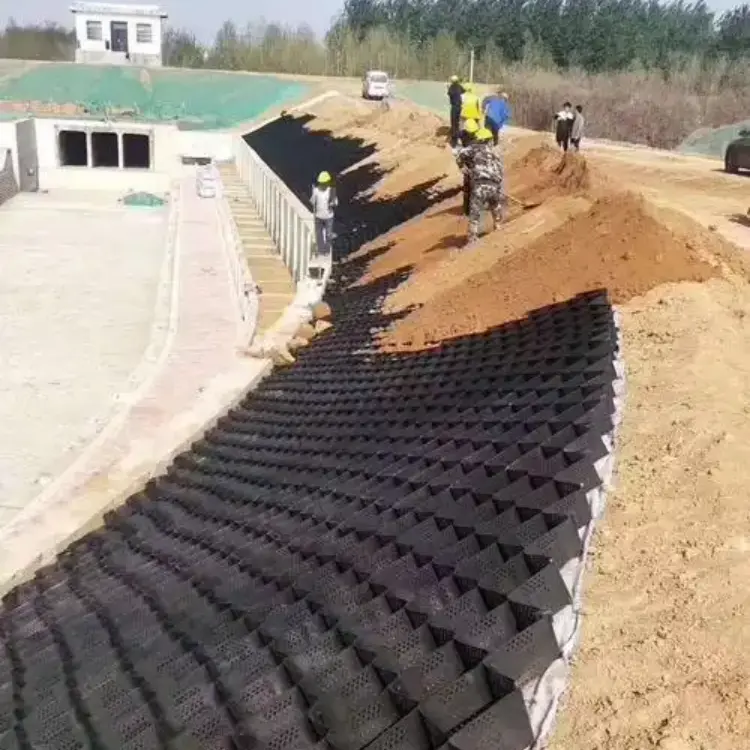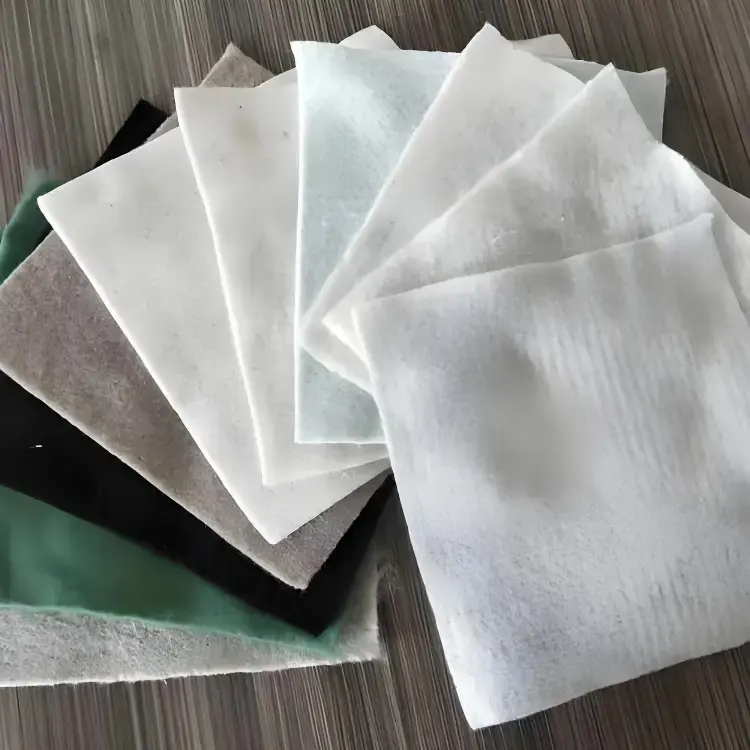Geosynthetics—engineered polymeric materials like geotextiles, geomembranes, and geocomposites—are indispensable in modern infrastructure, enabling cost-effective solutions for transportation networks, water resource management, and environmental protection projects. However, their long-term performance is frequently compromised by insufficient attention to durability factors, leading to premature failure and increased lifecycle costs.
Key Challenges in Geosynthetics Durability
Derived from high-performance polymers (e.g., HDPE, PET) through processes like extrusion and blow molding, geosynthetics provide essential functions:
- Filtration (e.g., soil separation in roadways)
- Drainage (e.g., landfill leachate collection)
- Seepage control (e.g., reservoir liners)
Yet, environmental stressors—UV radiation, thermal cycling, chemical exposure, and biological degradation—trigger polymer chain scission, reducing tensile strength and hydraulic efficiency. Field studies show that 60% of geosynthetic failures stem from:
- Climate-induced degradation (freeze-thaw cycles, oxidative aging)
- Mechanical stress (installation damage, cyclic loading)
- Chemical attack (pH extremes, hydrocarbon exposure)
Proactive Mitigation Strategies
To maximize service life (>50 years for premium grades), adhere to:
- ASTM/ISO standards for material selection (e.g., ASTM D7238 for UV resistance)
- CQA (Construction Quality Assurance) during installation
- Protective measures (e.g., carbon black stabilization for UV protection)
 2. Environmental Degradation Factors in Geosynthetics
2. Environmental Degradation Factors in Geosynthetics
Geosynthetic materials face multiple environmental degradation pathways when exposed to natural climate conditions. The primary degradation drivers include:
1. Solar Radiation Effects
- UV exposure (290-400nm wavelength) initiates polymer chain scission through:
- Depolymerization
- Main chain cleavage
- Side group elimination
- Visible light and infrared radiation contribute to thermal aging
- Results in:
- Surface chalking
- Color fading
- Up to 70% tensile strength loss (ASTM D4355)
2. Thermal and Oxidative Degradation
- Temperature fluctuations accelerate:
- Thermal oxidation (oxygen interaction)
- Free radical formation
- Combined UV/thermal exposure causes synergistic degradation
3. Ozone Attack Mechanism
- Targets unsaturated polymers (NR, SBR, NBR):
- Ozonide formation at C=C bonds
- Surface cracking (silvery-white film formation)
- 40-60% elasticity loss in rubber-based geosynthetics
4. Hydrolytic Degradation
- Critical for polyester (PET) geosynthetics:
- Ester bond hydrolysis
- pH-dependent reaction kinetics
- 10× faster degradation in alkaline environments (pH>9)
Material-Specific Vulnerabilities:
Polymer TypePrimary Degradation ModeCritical ThresholdsPolyolefinsUV/thermal oxidation>50°C accelerates decayPolyestersHydrolysispH<4 or pH>9, RH>80%RubbersOzone cracking[O₃]>50ppb
Best Practices for Durability:
- Implement UV stabilizers (e.g., carbon black)
- Select materials based on site-specific climate data
- Follow ASTM D5819 for environmental resistance testing
3. Chemical Degradation Mechanisms in Geosynthetics
Polymeric geosynthetics face two primary chemical degradation pathways:
- Direct Chemical Corrosion
- Reactive substances (acids, alkalis, solvents) attack polymer chains
- Results in chain scission or crosslinking
- Leads to 30-50% reduction in tensile strength (ASTM D5322)
- Environmental Stress Cracking (ESC)
- Combined chemical/mechanical action
- Creates microvoids → crazes → cracks
- Most critical for polyethylene geomembranes
Material Resistance Classification (ISO/TR 10358):
GradeDefinitionExample MaterialsSCorrosion-resistantPTFE, FEPLLimited resistanceHDPE, PVCNSNon-resistantNatural rubber
Best Practices:
- HDPE/MDPE for landfill liners (chemical resistance)
- Avoid stress concentrations in design
- Conduct ESC testing per ASTM D5397
 4. Stress-Induced Failure Modes
4. Stress-Induced Failure Modes
1. Acute Failure (Rare)
- Stress > short-term strength
- Preventable through:
- Proper material selection
- Quality control during installation
2. Creep Failure (Chronic)
- Stress < short-term strength
- Three-stage process:
- Microvoid nucleation at defects
- Fibril formation (crazing)
- Crack propagation
Critical Factors:
- Time-dependent deformation
- Temperature effects (Arrhenius relationship)
- International vs domestic standards gap
Testing Recommendations:
- ASTM D6992 for creep properties
- ISO 13431 for tensile creep
- Minimum 10,000-hour testing for critical applications
5. Biological Degradation Mechanisms in Geosynthetics
Plant Root Penetration Risks:
- Root systems can penetrate 2-5mm/year through geomembranes (GRI-GM13)
- Critical vulnerabilities:
Animal Damage Factors:
SpeciesTarget MaterialsPrevention MethodsRodentsPVC (phthalate plasticizers)Rodent-repellent additivesBirdsExposed geotextilesPhysical barriersInsectsNatural fiber geotextilesSynthetic alternatives
6. Advanced Durability Enhancement Strategies
1. Material Formulation Optimization
- UV stabilization:
- Carbon black (2-3% loading for polyolefins)
- HALS stabilizers for colored materials ($15-25/kg premium)
- Antioxidant packages:
- Phenolic + phosphite synergistic systems
- 0.1-0.5% addition extends service life by 5-8 years
2. Resin Selection Guidelines
ApplicationRecommended ResinKey BenefitLandfill linersHDPE (0.940-0.950 g/cm³)ESC resistanceGeogridsHigh-MW PPCreep reductionDrainage geocompositesPET with UV masterbatchHydrolysis resistance
3. Processing Parameter Control
- Critical factors:
- Draw ratio (3:1 optimal for oriented products)
- Cooling rate (10-15°C/min for crystalline polymers)
- Annealing temperatures (5-10°C below melting point)
 7. Integrated Durability Management Approach
7. Integrated Durability Management Approach
Multi-Factor Interaction Matrix:
StressorSynergistic EffectsMitigation StrategyUV + Heat3× degradation rateDual-stabilizer systemsChemical + StressESC accelerationMaterial compatibility testingBiological + MoistureMicrobe colonizationAntimicrobial treatments
Lifecycle Optimization:
- ASTM D5819 accelerated testing protocols
- 25-year performance warranties now achievable
- Digital twin monitoring for critical infrastructure
 2. Environmental Degradation Factors in Geosynthetics
2. Environmental Degradation Factors in Geosynthetics 4. Stress-Induced Failure Modes
4. Stress-Induced Failure Modes 7. Integrated Durability Management Approach
7. Integrated Durability Management Approach
